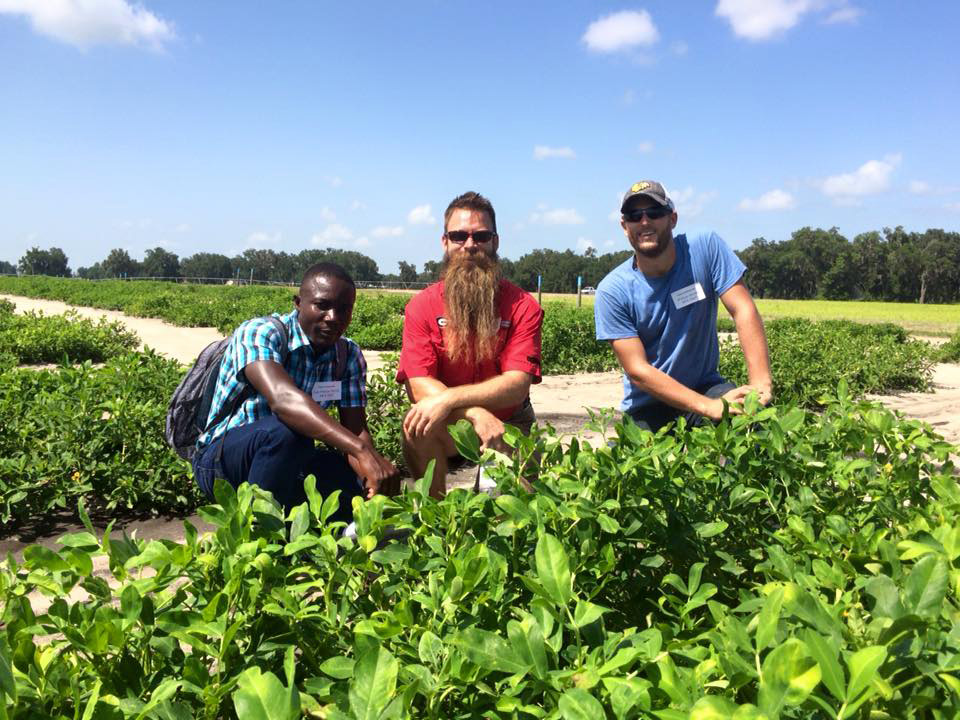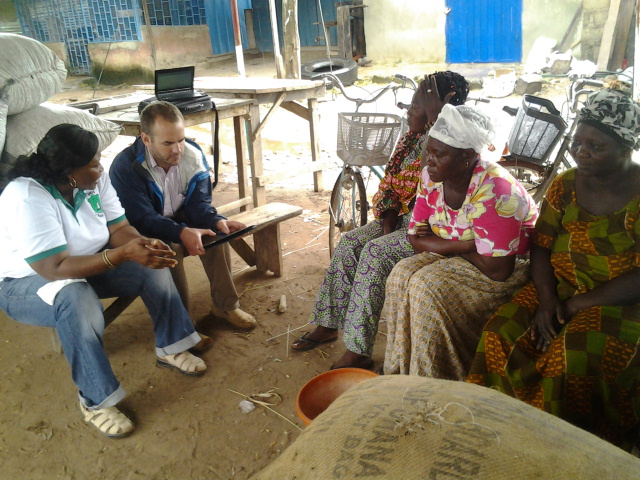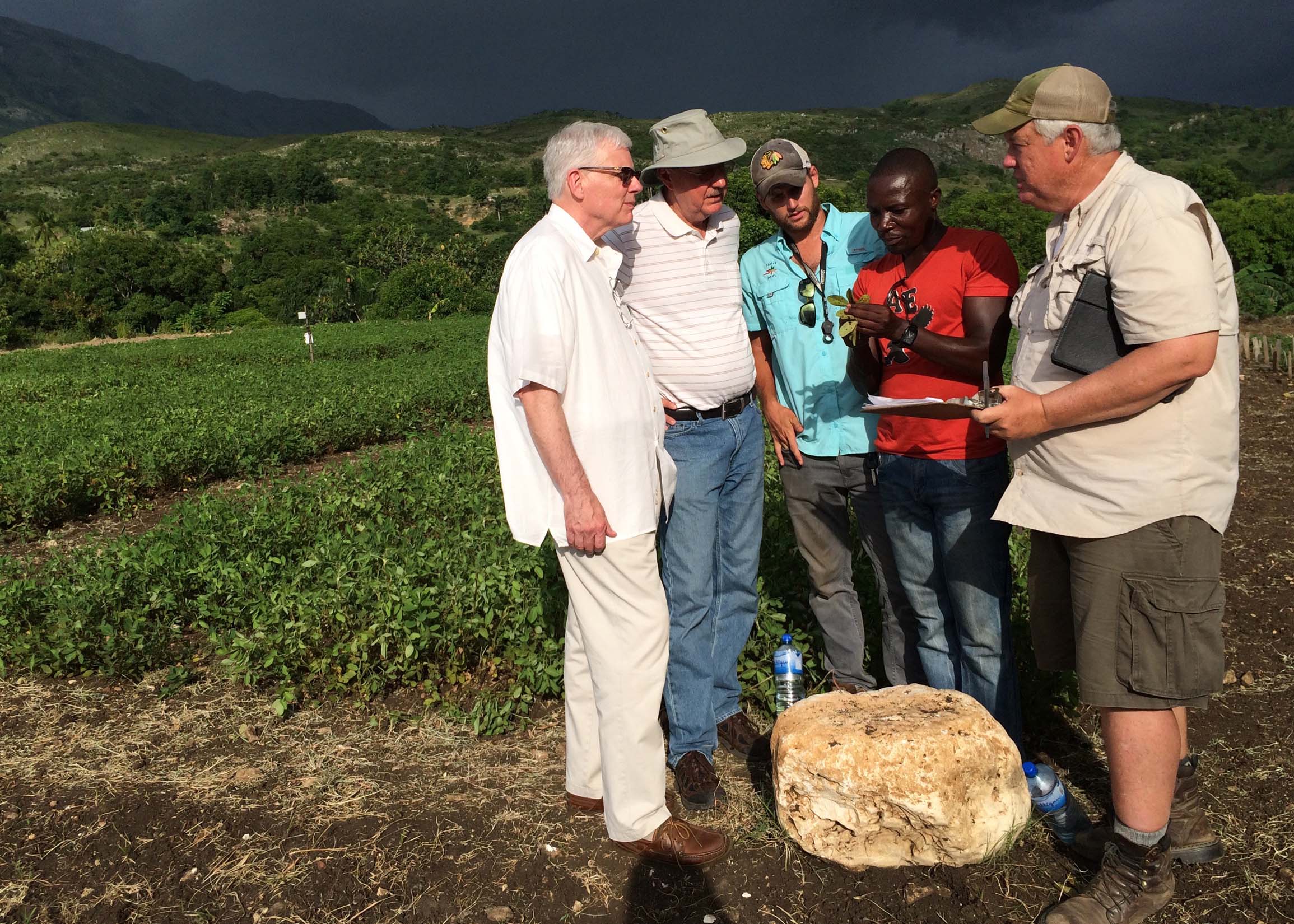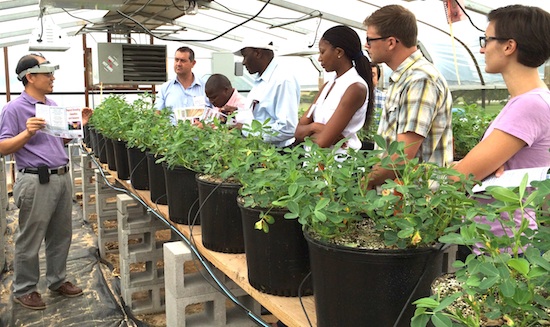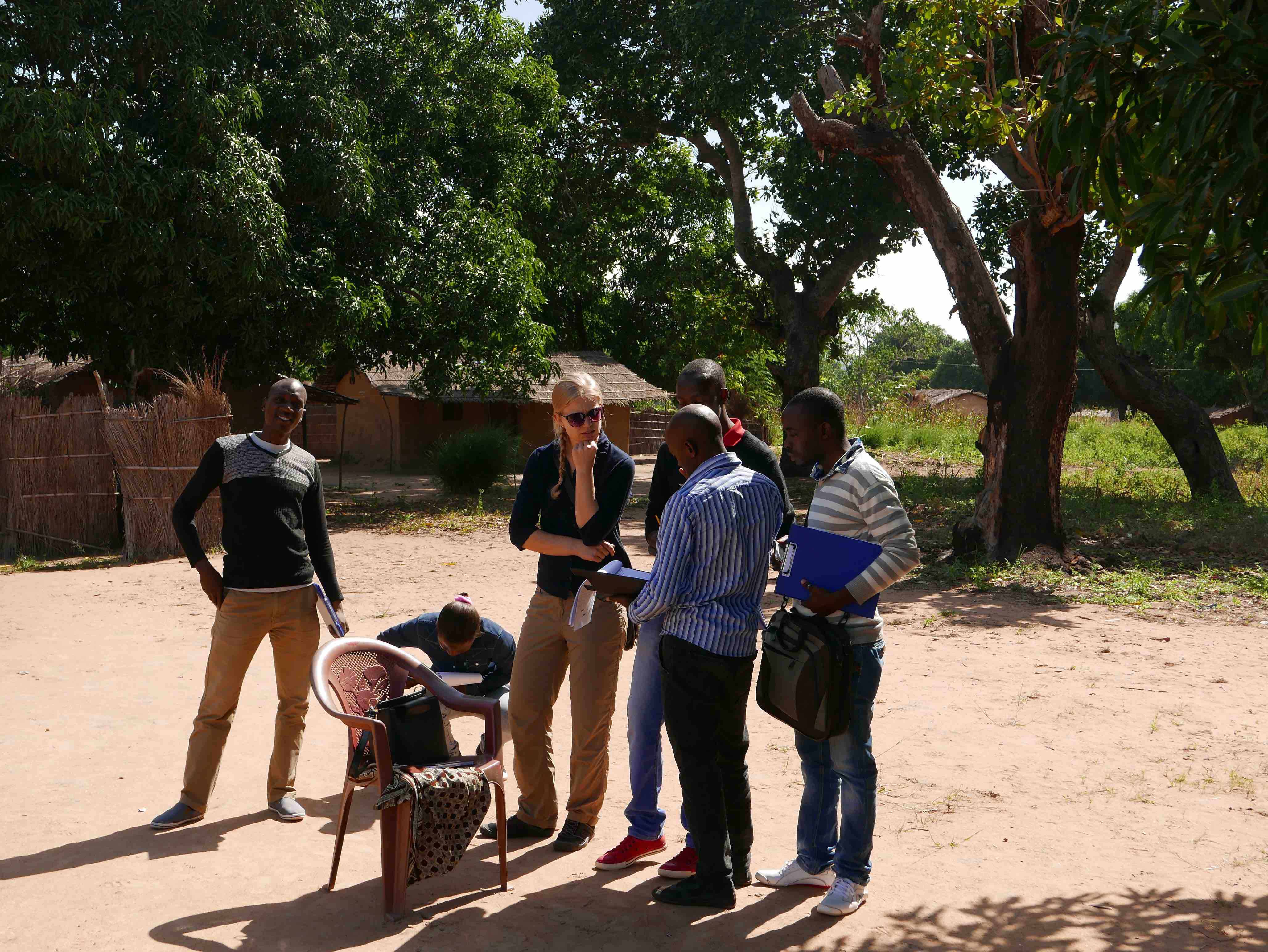 CAES News
CAES News
International Peanut Farmers
Women play a substantial part in the production and processing of peanuts in many countries of the world, so much so that the peanut is sometimes called a “woman’s crop.”

